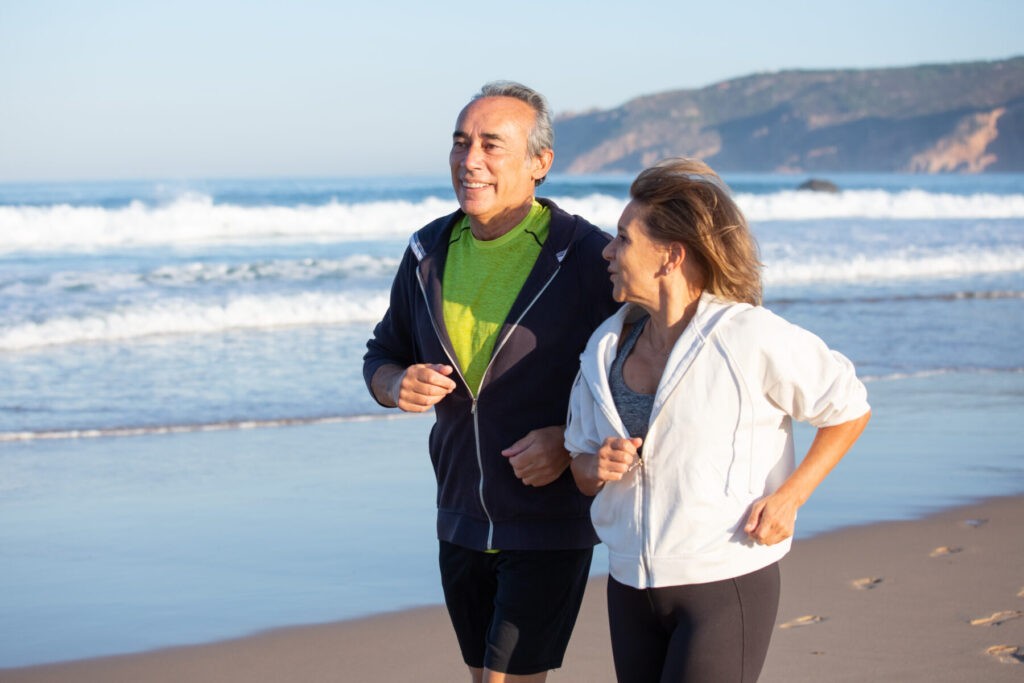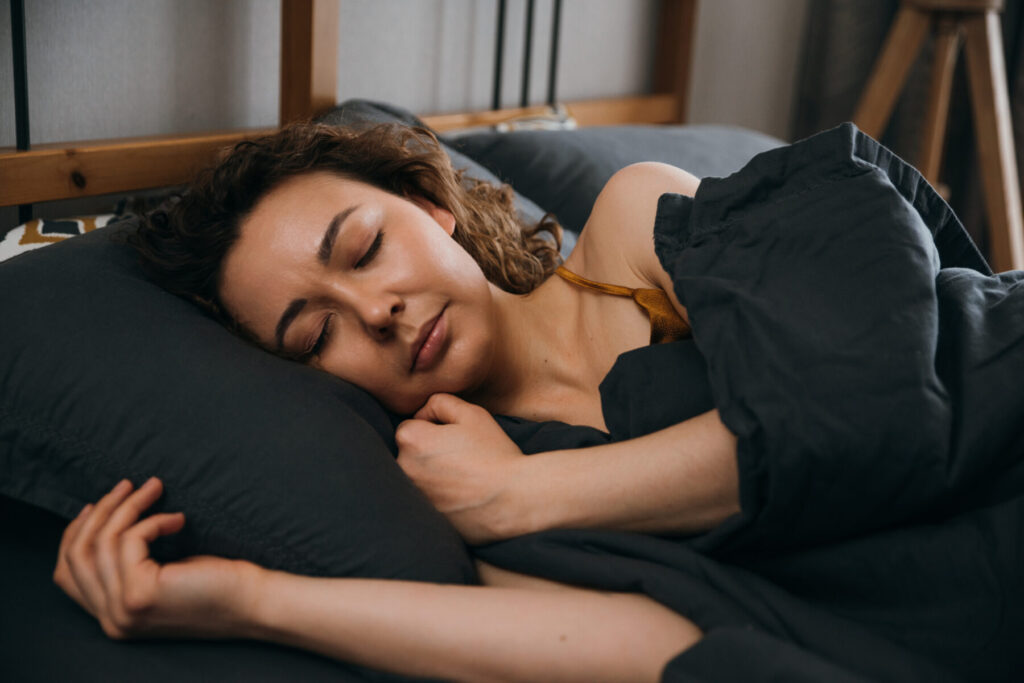Exercise, movement, working out, or physical activity; whatever you call it, its health benefits are well documented. Often, we think of exercise primarily as a means of weight loss. Physical activity impacts many health conditions, and its positive effects are often independent of weight loss. This means that we benefit from the activity regardless of whether the number on the scale changes.
Heart health is one of the first health benefits that comes to mind. Regular physical activity is associated with a lower risk of cardiovascular disease, including heart attack and stroke, as well as overall risk of dying from cardiovascular disease. It’s also associated with lower risk of hypertension (high blood pressure) and adverse blood lipid profiles (cholesterol levels). Cardiovascular disease is the leading cause of death for men and women in the United States. Keeping our cardiovascular system in good working order also reduces our risk for conditions like type 2 diabetes and chronic kidney disease. Exercise increases insulin sensitivity, meaning that our cells are more efficient in taking in glucose from the blood which helps with glycemic control.


There is strong evidence supporting the importance of physical activity to sleep. Being physically active is linked with several measures of sleep quality, including faster time to fall asleep, reducing wake times during sleep, and increasing time spent in deep sleep. Perhaps not surprisingly, knowing all of those positive impacts on sleep, physical activity is also associated with being less sleepy in the daytime.
Physical activity is also associated with improvements in self reported quality of life. This includes measures related to physical and mental well being.
We can enjoy greater physical function as a result of being active. Increased energy, improved balance, decreased fall risk, and lower risk of fall-related injuries are valuable across the lifespan, but especially important as we age.
Beyond health benefits, physical activity can be meaningful for individuals. Being active is a chance to spend time with friends or family – or alone! It may be a way to relieve stress or spend time outdoors. Choose an activity you enjoy. If you’re thinking about starting to become more active, it can be helpful to make a list of activities you’ve enjoyed in the past and what you liked or disliked about them. Search your local leisure services department to see if there are adult programs offered in your area. Beyond walking, running, or swimming, think about some creative ways to get active. Line dancing, Zumba, gardening, jumping rope, kayaking, or hiking are some ideas to add variety to your routine.
The Physical Activity Guidelines for Americans recommend the following key guidelines for adults:
- Engage in at least 150 minutes of moderate intensity or 75 minutes of vigorous intensity physical activity per week, or a combination of the two, for substantial health benefits. Exercise intensity can be estimated using the Talk Test (see “tips” below).
- Participate in muscle-strengthening exercises of moderate or greater intensity that address all major muscle groups at least twice per week. Muscle-strengthening exercises can include body weight exercises, such as push-ups or squats, lifting weights, or some weight bearing activities like tai chi.
Tips:
- Use the Talk Test to assess your intensity. It’s a simple way to measure your effort based on your ability to hold a conversation or sing a song. When doing moderate intensity activity, you should be able to talk and carry on a conversation while exercising, but not able to sing a song. If you’re doing vigorous intensity activity, you’ll be able to say a few words, but not carry on a conversation. If you can easily talk or sing a song, you’re likely doing light intensity activity.
- Increase activity gradually, especially if you’re new, to reduce your risk of injury. Avoid overdoing it when it comes to intensity or duration. One rule of thumb is to increase time or distance by 10% each week. You can make your exercise session longer by adding more minutes per session (duration), increase the number of days you exercise (frequency), and eventually, increase your exercise intensity.
- If you have a chronic condition, like cardiovascular disease or diabetes, or if you have symptoms, like chest pain or dizziness, consult with your healthcare provider for help developing a safe exercise plan. They can help guide you on what types and amounts of activity are best for you or refer you to an exercise specialist for additional support.
Download the Move Your Way factsheet in English (PDF) or Spanish (PDF).
References:
US Department of Health and Human Services. Physical Activity Guidelines for Americans, 2nd Edition. Online: https://odphp.health.gov/sites/default/files/2019-09/Physical_Activity_Guidelines_2nd_edition.pdf Accessed June 11, 2025.